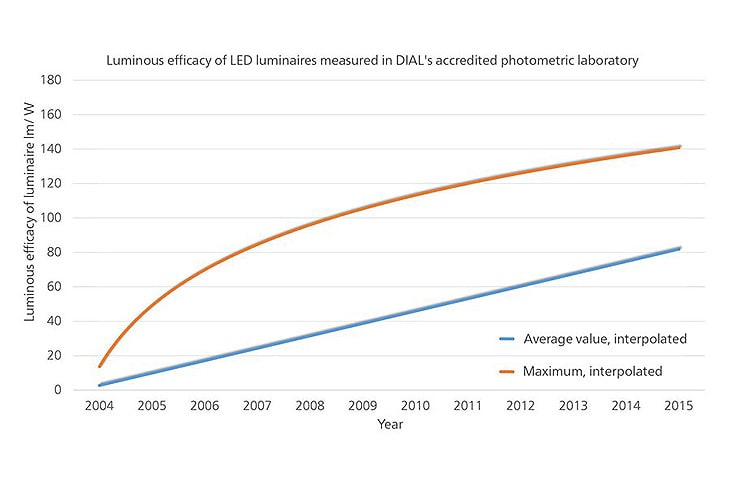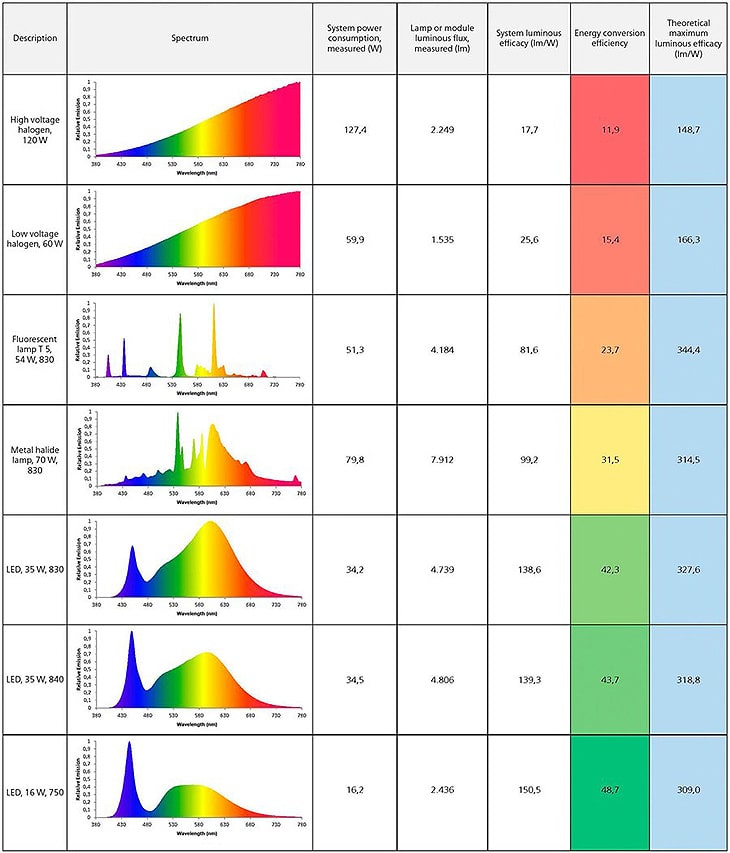Week 10
10-1
Measurement project
Introduction:
The project aimed to measure the efficiency and effectiveness of these lights, and to provide insights into their overall performance. In this document, I will describe my motivation for this project, the process I followed to collect data and analyze results, the outcome of my measurements, and my reflections on the project.
Motivation:
My motivation for this project stemmed from my interest in understanding the energy consumption and light quality of the LED lights in my room. I wanted to know how much power and light they required and produced, and to determine if there were any significant differences between them. By measuring these parameters, I hoped to gain insights into the performance of these lights and identify areas where I could potentially reduce energy consumption.
Process:
To measure the power and light output of the LED lights, I used a solar meter first, and found the number changed a lot and hard to write down ( I need to know from replay the video). After that, I checked a color temperature meter and a small USB multimeter. I measured the current, voltage, color temperature, and lux value of each light, taking care to ensure that my measurements were as accurate as possible. However, I later realized that I had measured the lux value at a distance of 0.3 meters instead of the standard 1 meter, which may have impacted the accuracy of my results.- Some of the lights have color change and brightness change feature, so I also measure how many power they need at that moment.

different processes I did
how the light was composed in different color temperture.
Outcome:
Measure when these 6 lights are in the max brightness !
-
Different Color and Brightness !
Efficiency Reasearch
The dependency of luminous efficacy on the spectrum
The following table shows the theoretical maximum luminous efficacy of different spectra as determined mathematically by DIAL:
Based on these data I have, most of their efficiency are in the range of 20-30. ( I can’t move the LED out from the humidifier, and I didn’t turn on the humidify function.) And I found how efficient in different color range that the energy can be turn into light, and also with the progressing of technology, how’s the efficiency raised.
So, here are some interesting results I found!

Development of interpolated maximum and average luminous efficacy of LED product
Source from: https://www.dial.de/en-GB/projects/efficiency-of-leds-the-highest-luminous-efficacy-of-a-white-led
We can find in the last three rows of Table 1 that the efficiency of LEDs is above 30, and with the advancement of technology, the luminous efficiency falls to an average of 50 – 70 lm/W. The values I measured were lower than these values, perhaps because these lights are all covered by one layer to get a soft glow, or may my measure distance also affect.
Reflection:
Overall, I found this project to be a valuable learning experience. It gave me the opportunity to learn more about the performance of LED lights and the tools used to measure their parameters. I also gained a deeper appreciation for the importance of accurate measurement techniques, as my mistake in measuring the lux value may have impacted the accuracy of my results. Moving forward, I plan to continue exploring ways to reduce energy consumption in my home, using the insights I gained from this project as a starting point.
